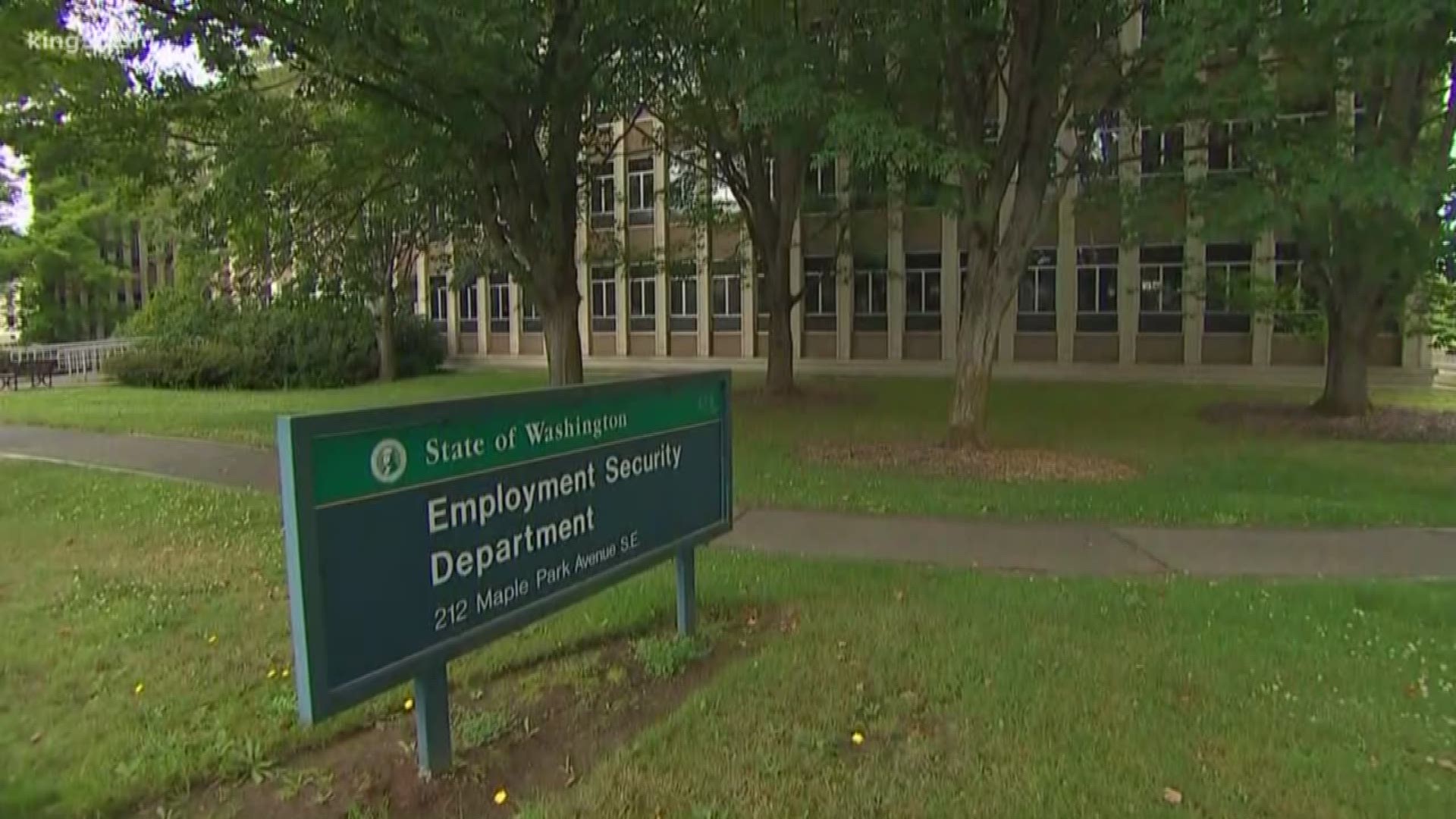Washington’s state Supreme Court has repeatedly ruled that the Governor cannot issue line-item vetoes. When issuing a veto the Governor must strike entire sections of a bill, not just words or sentences (limited exception for appropriations). In fact, Governor Inslee has been sued twice by the legislature for attempting unconstitutional vetoes. Based on a recent media interview, it sounds like the legislature may have a future opportunity to sue the Governor yet again for violating this constitutional restriction.
As reported this week by Axios:
“Democrats, too, have bristled over Inslee's use of his executive authority when it comes to his vetoes.
- In one instance, Democratic leaders in the Legislature sued him over his use of a line-item veto and won, with the state Supreme Court saying the governor exceeded his constitutional authority.
- In comments to Axios, Inslee said he would follow the Supreme Court's decision.
- But he didn't say he would swear off vetoing individual lines or subsections of bills — the issue at the heart of that ruling.
- ‘There are circumstances where the court decision, I think, allows certain things,' Inslee told Axios.
- ‘...They resolved it in favor of the Legislature this time. They may favor the governor the next time.’”
Washington’s current veto restriction language was adopted by voters via a constitutional amendment in 1974. According to the arguments in the 1974 Voter’s Guide:
“Help Rid Your State of One-Man Lawmaking – Washington is the only state in the nation in which the Governor exercises practically unlimited power to remove portions of laws passed by the Legislature . . . SJR 140 will prevent one person from changing behind the closed doors of his office bills which are the product of an open hearing process, accessible and visible to all citizens.”
As a result of this 1974 constitutional amendment, Washington’s veto restriction now says (emphasis added):
“If any bill presented to the governor contain several sections or appropriation items, he may object to one or more sections or appropriation items while approving other portions of the bill: Provided, That he may not object to less than an entire section, except that if the section contain one or more appropriation items he may object to any such appropriation item or items.”
Here is what legislative leaders said last year about the Governor’s unconstitutional line-item vetoes:
- House Speaker Laurie Jinkins: “Washington Courts have consistently held that as a co-equal branch of government, the legislature is responsible for drafting laws and the executive branch is responsible for implementing them. The Constitution provides the governor only limited powers to veto legislation. The governor’s partial veto today of E3SHB 1091, the clean fuel standard bill, reaches beyond his constitutional powers and we will ask the Washington courts to again rule on the balance of legislative and executive branch powers.”
- Senate Minority Leader Braun: “A court ruled that the governor illegally used his veto power in 2019. Today, the governor ignored that by vetoing a subsection of one of his highest priority environmental bills. The Constitution is clear – the governor may not veto anything less than an entire section of a bill. Maybe he’s emboldened by the sweeping authority he continues to have because majority Democrats refused to address emergency-power reform. Maybe he thinks the Supreme Court will overturn the lower court’s ruling. Whatever the reason, his subsection veto today is illegal. That alone says a lot about why our political system has checks and balances on one-person rule.”
- Senate Majority Leader Billig: "This veto is an overstep of executive power. The governor has attempted to create a power for his office that simply does not exist. The constitution is clear that the governor is permitted only to veto a full section of a bill. In this case he has vetoed a subsection. What’s worse, this is the second time in recent years this governor has attempted to invent such a power. He lost in court then. He will lose again. Make no mistake, the Legislature will use every power at its disposal to push back and preserve the balance of power between the executive and legislative branches as prescribed by the Washington State Constitution."
- House Minority Leader Wilcox: "Governor Inslee is once again overstepping his veto authority and ignoring the state constitution. When this happened in 2019, the Legislature challenged him in court and prevailed. It is good to see that Democratic legislative leaders are again threatening to go to court and hold the governor accountable. We should all join together to send a strong message about the governor's emergency powers, too."
- Sen. Mullet: “This sets a chilling precedent and poisons the well for all future negotiations on virtually any tough issue. When it comes to the governor’s top priorities in the future, he should expect a more hostile Legislature if this is the path he wishes to take . . . The governor has the authority to veto bills or sections of bills. But the Washington State Supreme Court says that he does not have the authority to veto sentences in bills, as he did today. Not only is what he did today bad policy, it is unconstitutional.”
Washington’s constitution is clear that the only options for vetoes are sectional or appropriations. The Governor may not veto a word or sentence within a section. The state Supreme Court has repeatedly ruled to enforce this restriction to prevent the state from returning to the “One-Man Lawmaking” the 1974 constitutional amendment tried to avoid. Of course, emergency powers reform is also important to prevent a different type of one-person rule abuse.
The third time attempting an unconstitutional line-item veto won’t be the charm for Governor Inslee. Best instead to play by the constitutional rules for vetoes that the state Supreme Court has clearly and repeatedly enforced.






